Posted on: 13/03/2024
Over the last year, we have added new Writing Roots to our overall Reception provision. These include the beautifully illustrated Ning and the Night Pirates by the talented Adriena Fong as well as the heart warming And Tango makes Three by Justin Richardson and Peter Parnell. With these new additions, we thought it high time to write about Literacy Tree in the early years setting. We want to focus on how the Writing Roots supports phonics application; how to get the most out of a book-based approach and how to adapt these sequences of lessons for the needs of children.
First and foremost, we want to be clear that this is not a ‘scheme’ in the traditional sense of the word. Rather, this is a sequence of highly adaptable lessons which can be used to set up writing opportunities for children, whether these be guided sessions or free flow sessions.
How does this approach support phonics?
The Writing Roots in early years do not work as a Systematic Synthetic Phonics programme but rather compliment whichever approved scheme has been put in place. Of course, phonics is a priority in Reception. Even though the phonics in the Writing Roots follow the SATPIN progression (still used by many approved schemes), they can easily be adapted to mirror those programmes which progress in different ways. Whilst we often advise teachers to follow the Reception Writing Roots in order (because they follow this progression), covering two texts a half term, it would be straight forward enough to change the GPCs covered in a session if needed.
We advise, at the start of the academic year in reception, to let the phonics programme get under way and, once this routine has been established and the children are ready, introduce the first book. If following the texts in order, this would be the classic, Where the Wild Things Are by Maurice Sendak.
Phoneme frames are provided (these can be found in the classroom resources section of the website) to support children with segmenting and include digraphs, trigraphs, alternative sounds and split digraphs. The Writing Roots provide engaging contexts through quality literature for children to apply the phonemes and graphemes they have learned in purposeful ways.
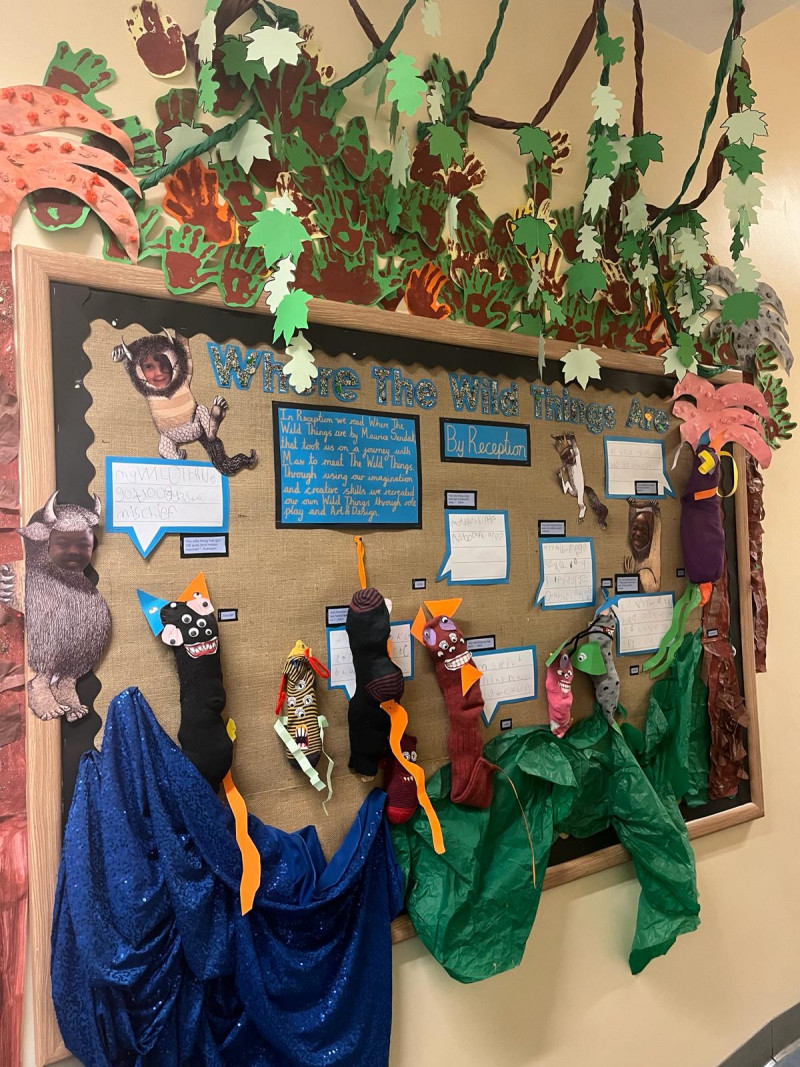
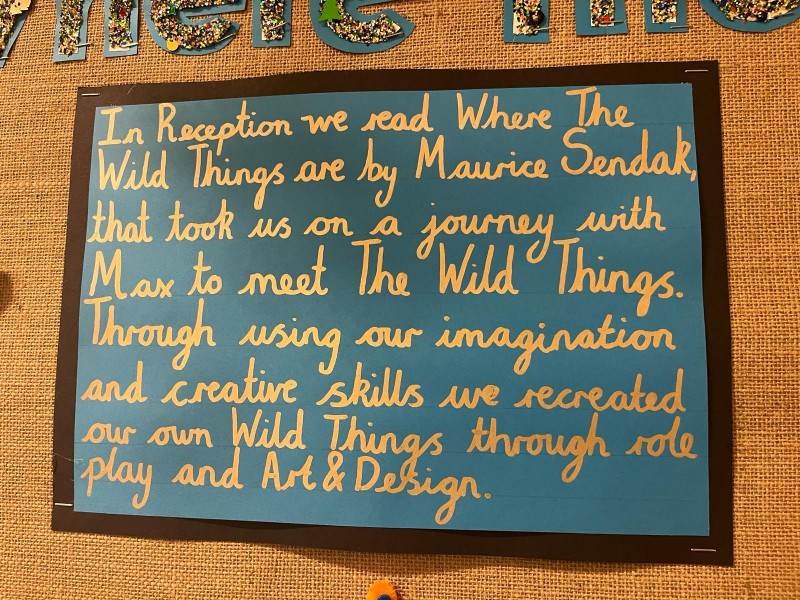
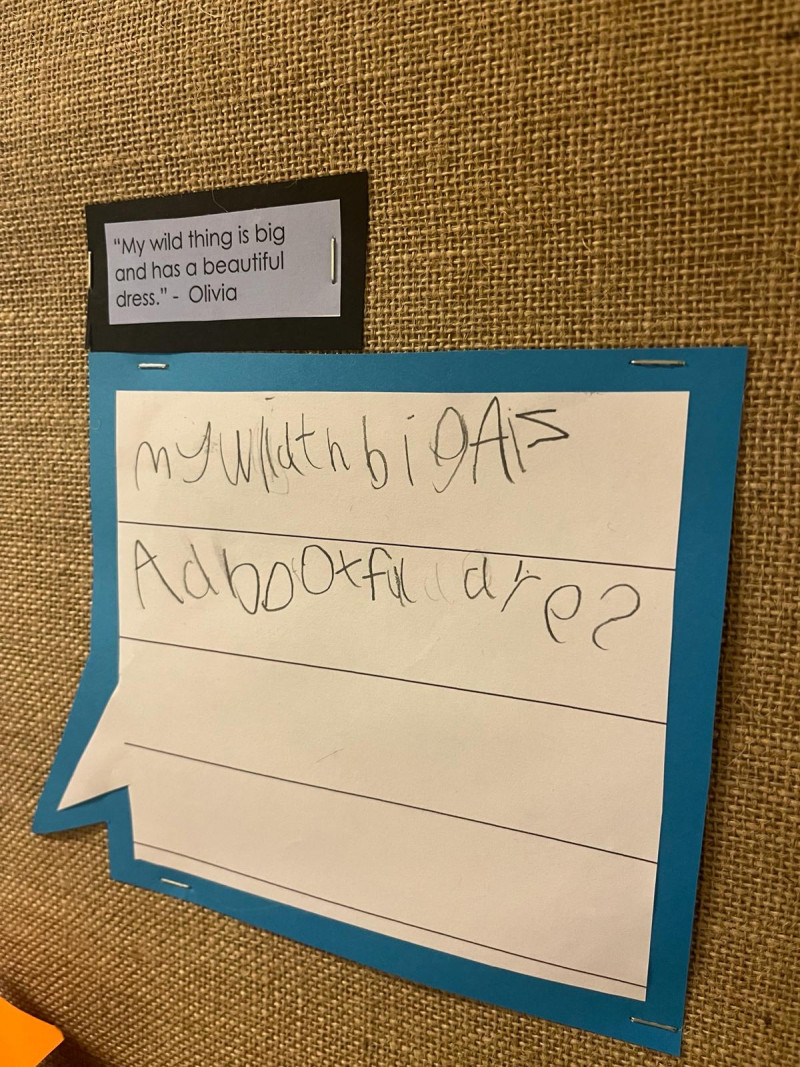
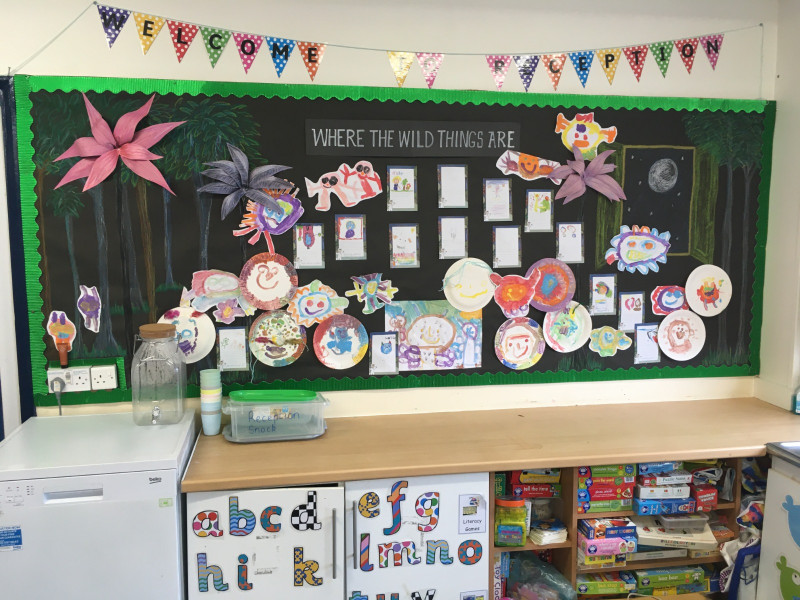
What are the benefits of a book-based approach in early years?
The Writing Roots offer various, rich opportunities for children to engage with language, using the quality text to create a heightened sense of audience and purpose. Whenever children put pencil to paper, we want them to have a clear sense of why they are writing and who they are writing to. Even if a child is at the mark making stage of writing development or is just mastering the initial sounds of key words, they can usually still explain orally what they have written, who it is addressed to and why they have written it. For example, in the wonderful book Halibut Jackson by David Lucas, children role play being tailors and label items of clothing (Halibut Jackson is a tailor). When Halibut is invited to a garden party in the story, children have fun creating invites on special invitation cards.
Like the sequences of lessons in other year groups, the writing builds up to an extended write. This is when children have an opportunity to draft a piece of writing – whether this be fiction or non-fiction – over a few days. At this point in the sequence, we would encourage children to draw on the language they have rehearsed in prior sessions in the sequence. The key priority here is for children to sequence their writing and to give them the experience being a published author, and the sense of accomplishment that accompanies this.
Children can record their writing in a variety of different ways (postcards, letters, invitations, booklets) and some schools use floor books to catalogue all these creative, purposeful pieces of writing.
How can the Writing Roots be adapted for the needs of children?
The reception Writing Roots are brimming with ideas for role play, continuous provision, outdoor learning and even a range of songs set to familiar melodies. These songs support children with their oracy and the musicality needed for linguistic development. They also support children to meet the expectations of the early years framework. Each session has ideas for the class teacher’s modelled/shared writes. These are ambitious and aspirational in nature and highlight the key words, phrases and sentences children can be exposed to.
We always encourage teachers to feel free to adapt these for the needs of the children in their class. It may be that a shared write needs to be simplified or a session needs to be broken up (especially if teachers need to work with small groups of children at a time). It might be that certain sessions lend themselves to guided writing activities and others to free flow activities where children can choose to do them or not. Teachers may want to create additional word banks, visual supports and sentence stems to scaffold children’s writing.
Reception is a special and vital year in a child’s development. They can start the year not being able to read or write and end the year being accomplished readers and writers. Literacy Tree provides a core group of quality texts by quality authors/illustrators for children to explore – on top of their phonics reading – as well as clear contexts to motivate children to write in, apply what they have learned and, in turn, see themselves as authors.
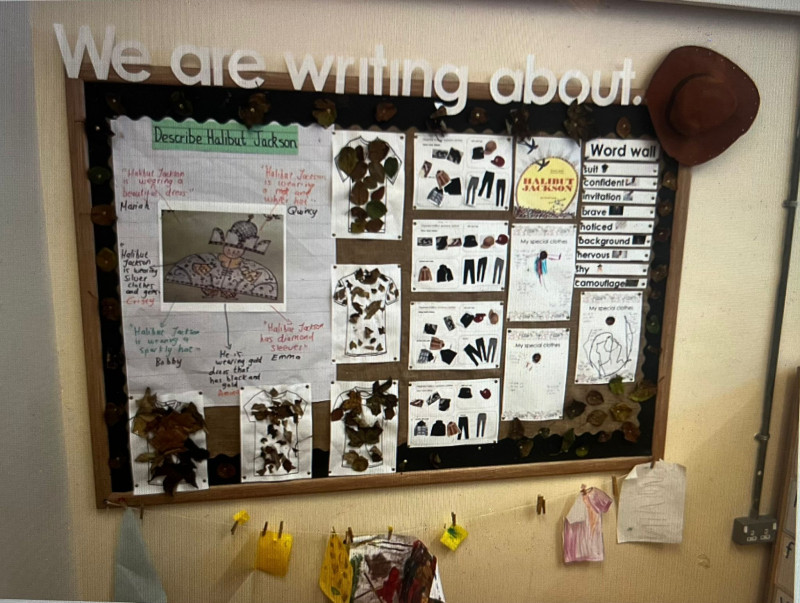
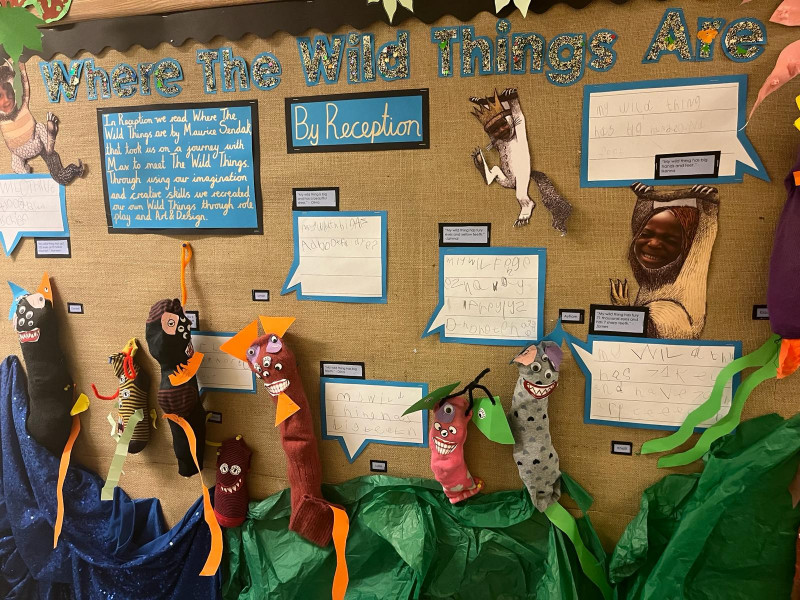

Posted in: Curriculum